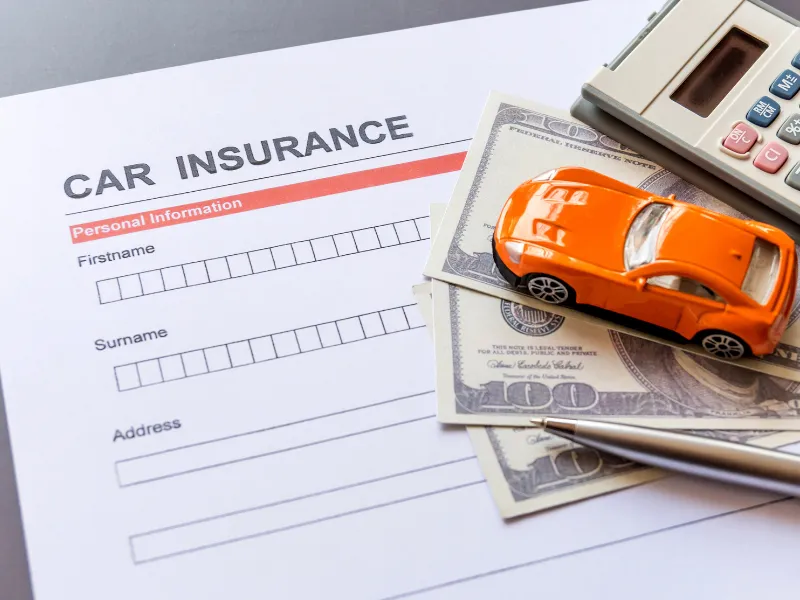Explore Auto Insurance Solutions with QuickHome Experts
Reliable Protection for Every Journey
Your car is much more than an automobile to travel from one place to the next It’s your companion for the whole time and a valuable investment. Through one of our Auto Insurance plans, you can travel in peace knowing that you are safe from road bumps that may occur. In the incident of injury, loss or damage, we’ll help you get back on track quickly and effectively.
From total protection to flexible plans that can be adapted to your particular needs, Our auto insurance coverage has been created to ensure you and your vehicle are secure throughout your journey. You can relax on driving knowing that our staff will be available to assist you to allow you to focus on your journey ahead, without worrying about the troubles that are behind.

Why Choose Our Auto Insurance?
Comprehensive Coverage
Security from vandalism, accidents, natural disasters, and more.
Flexible Plans
Select from a range of coverage options to fit your budget and preferences.
Fast Claims Process
Our team of experts ensures your claim is dealt with swiftly and efficiently.
24/7 Roadside Assistance
Assistance is readily available 24/7 just contact us for roadside support anytime, anywhere.
Discounts & Savings
Get special discounts for safe drivers, bundled policies, and more.
Auto Insurance for New Drivers: 9 Tips for Teens and Parents
How to Switch Auto Insurance Companies Without Hassle in 2025
Car Insurance Costs: 7 Essential Factors That Dramatically Affect Your Rates in 2025
What’s Covered?
-
Collision Insurance: Covers damage to your vehicle in the event of an accident, regardless of who is at fault.
-
Comprehensive Protection: Guards against vandalism, theft, fire, hail, and other non-collision events.
-
Liability Insurance: Covers you against injuries and damage you cause to others in the event of an accident.
-
Personal Accident Protection: Helps pay for medical expenses for you and your passengers.
-
Uninsured/Underinsured Motorist: Protects you if you’re hit by a driver with little or no insurance.
-
Rental Car Reimbursement: Covers the cost of hiring a car while your vehicle is being repaired.


How to Get Started
Request a Free Quote
Fill out our online form or call us to discuss your auto insurance needs.
Compare Plans
Our experts will help you find the best coverage for your vehicle and lifestyle.
Get Covered
Drive confidently knowing you have the protection you need.
Take the First Step Toward Safer Driving
Don’t wait for an accident to realize the importance of auto insurance.
Contact us today to learn more about our plans or to get a personalized quote.
Your safety and satisfaction are our top priorities.

Get Your Free Auto Insurance Quote
Fill out the form and our team will contact you with the best options for your needs.
